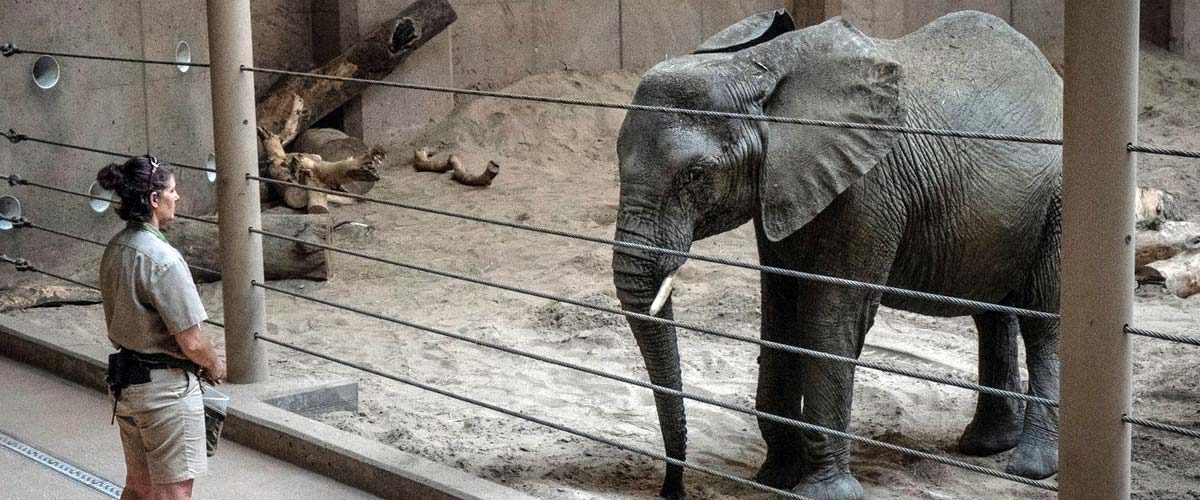Recently, Gihan and Asmaa published an article in the Asian Journal of Animal and Veterinary Advances to investigating the public health significance of drug-resistant bacterial contamination through zoo animals. The study established a high risk of infection spread due to zoo animals and keepers; hence, to prevent public health risk and control contamination, preventive measures should be implemented.
Zoos are a recreational environment designed for the adaptation of a wide range of different species. These animals shed a plethora of pathogenic microorganisms in the form of feces, which imposes the risk of infection spread such as Escherichia coli (E. coli), Salmonella, Yersinia, and Pseudomonas. The team reported more than 25 infectious outbreaks due to human-animal interaction at the exhibits. Gihan categorized transmission mode into three ways; fecal deposits, petting the animal and touching the contaminated surfaces. On the other hand, Asmaa pointed out that eating without handwashing and directly touching face after petting is the main reason for infectious spread.
The problem has become a public health hazard as drug resistance cases are rising day by day. The overuse or misuse of antibiotics is the leading cause of drug resistance among many people, especially against E.coli. Gihan and Asmaa reported, “ E.coli was one of the main species inoculated from the wildlife feces in addition to Shigella and Pseudomonas.” The samples taken from 5 workers displayed that the species were resistant to a specific number of drugs, including ceftriaxone, ampicillin, chloramphenicol, amoxicillin/clavulanic, tetracycline, and trimethoprim-sulfamethoxazole.
The authors stated, “ the degree of resistance against E.coli varied across the global zoo such as Japan (52.6%), Nigeria (100%), Trinidad and Tobago India (67%) whereas 31.66% shigella and 5.88% pseudomonas infectious strain was inoculated from monkeys in China”. Furthermore, the team reported that a high number of hospital admissions were observed due to the infectious strain inoculation from healthy animals, mainly in Portugal, China, Catalonia, and Spain.
The study provides a baseline to assess the public’s hidden threat as zoo animals are a source for multidrug-resistant pathogens.
Keywords: Antibiotic resistance, bacteria, zoo animals, zookeepers, potential source, drug-resistant pathogens
















Add comment